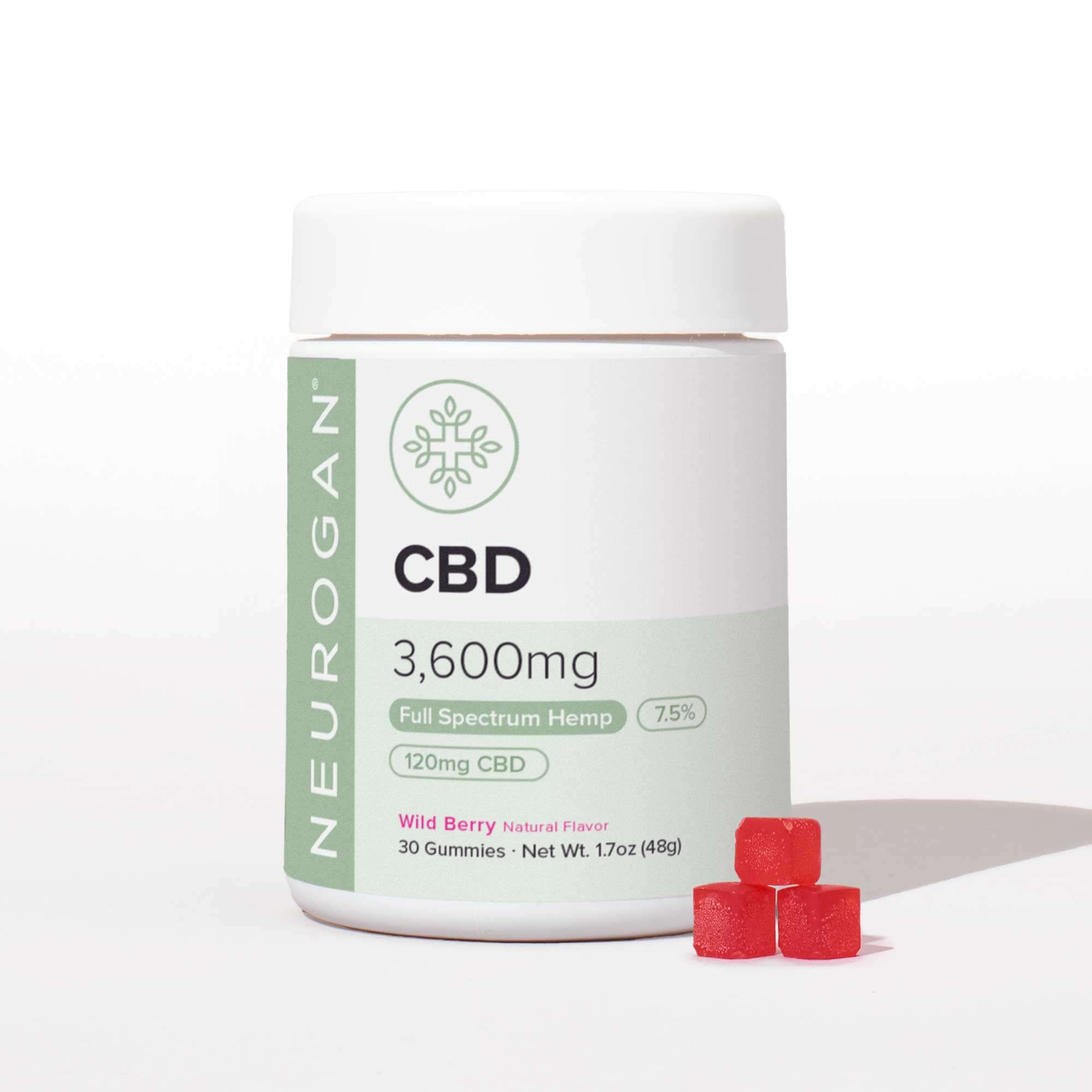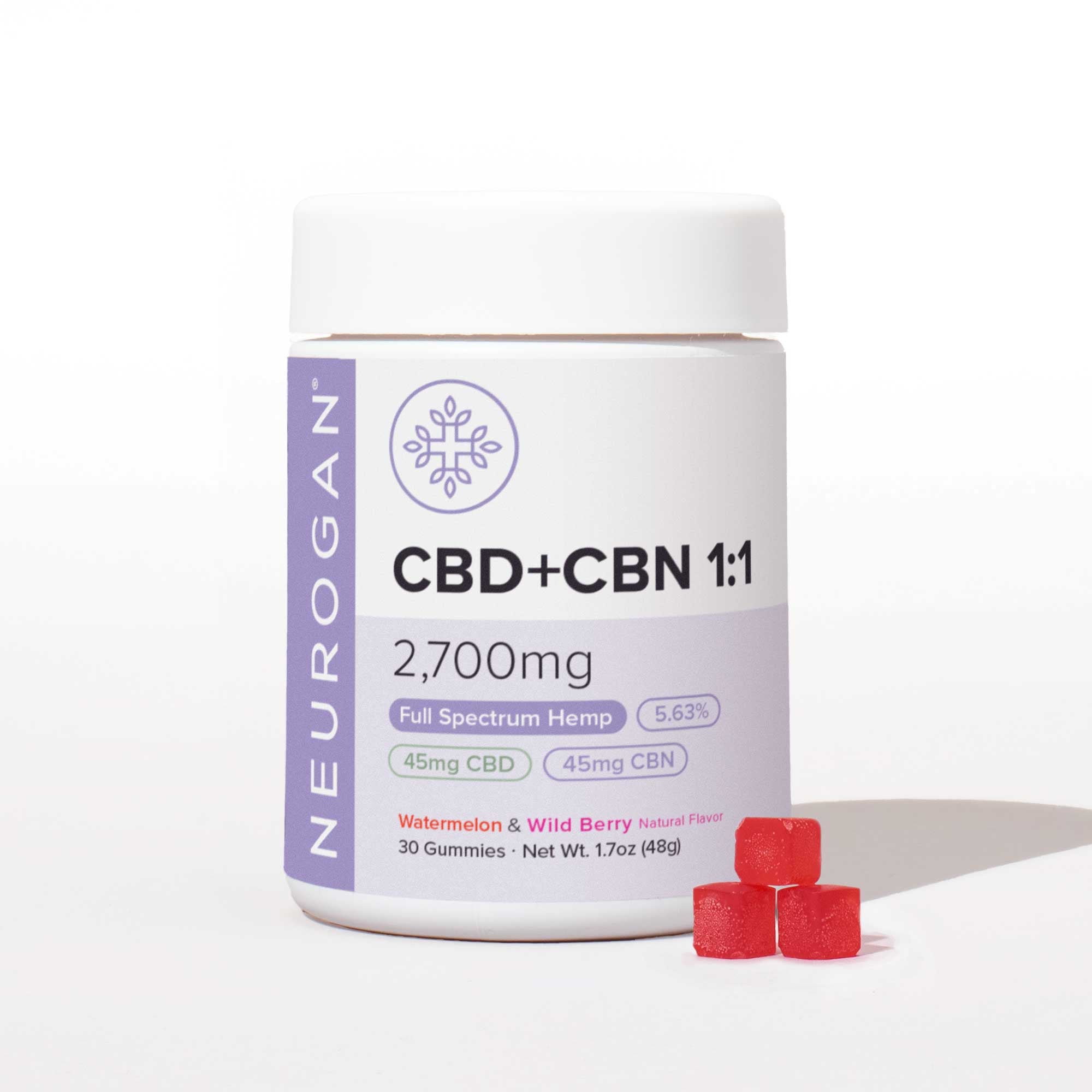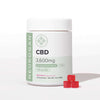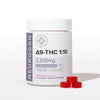Shop All CBD Products
Improve your wellness • Made in the USA, we use the latest hemp research to craft small-batch, safe, affordable, and effective CBD supplements for sale online.
Filter and sort 73 products

More About
Why Shop CBD Online with Neurogan

HIGH QUALITY, FULL SPECTRUM & LAB TESTED
Buy CBD Online at Unbeatable Prices per MG
What Our Customers Are Saying
 2018 Farm-Bill Compliant
2018 Farm-Bill Compliant 2018 Farm-Bill Compliant
2018 Farm-Bill Compliant 2018 Farm-Bill Compliant
2018 Farm-Bill CompliantThe Science of CBD






















